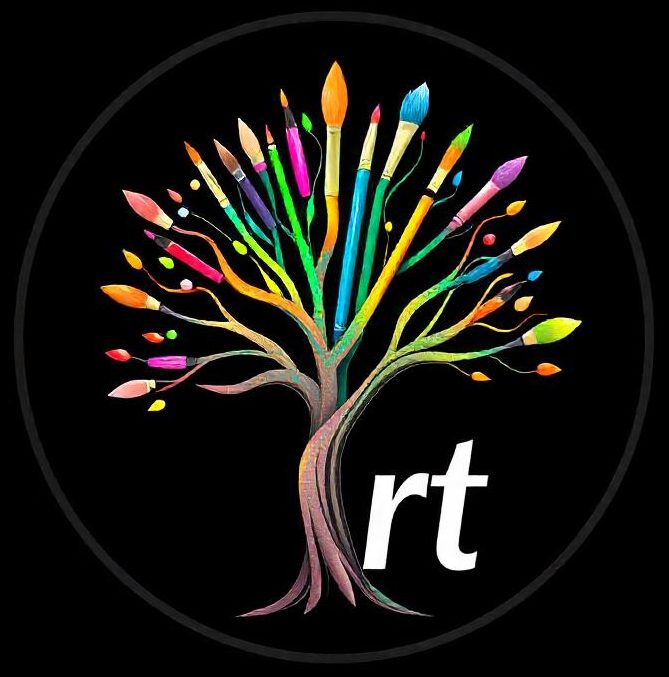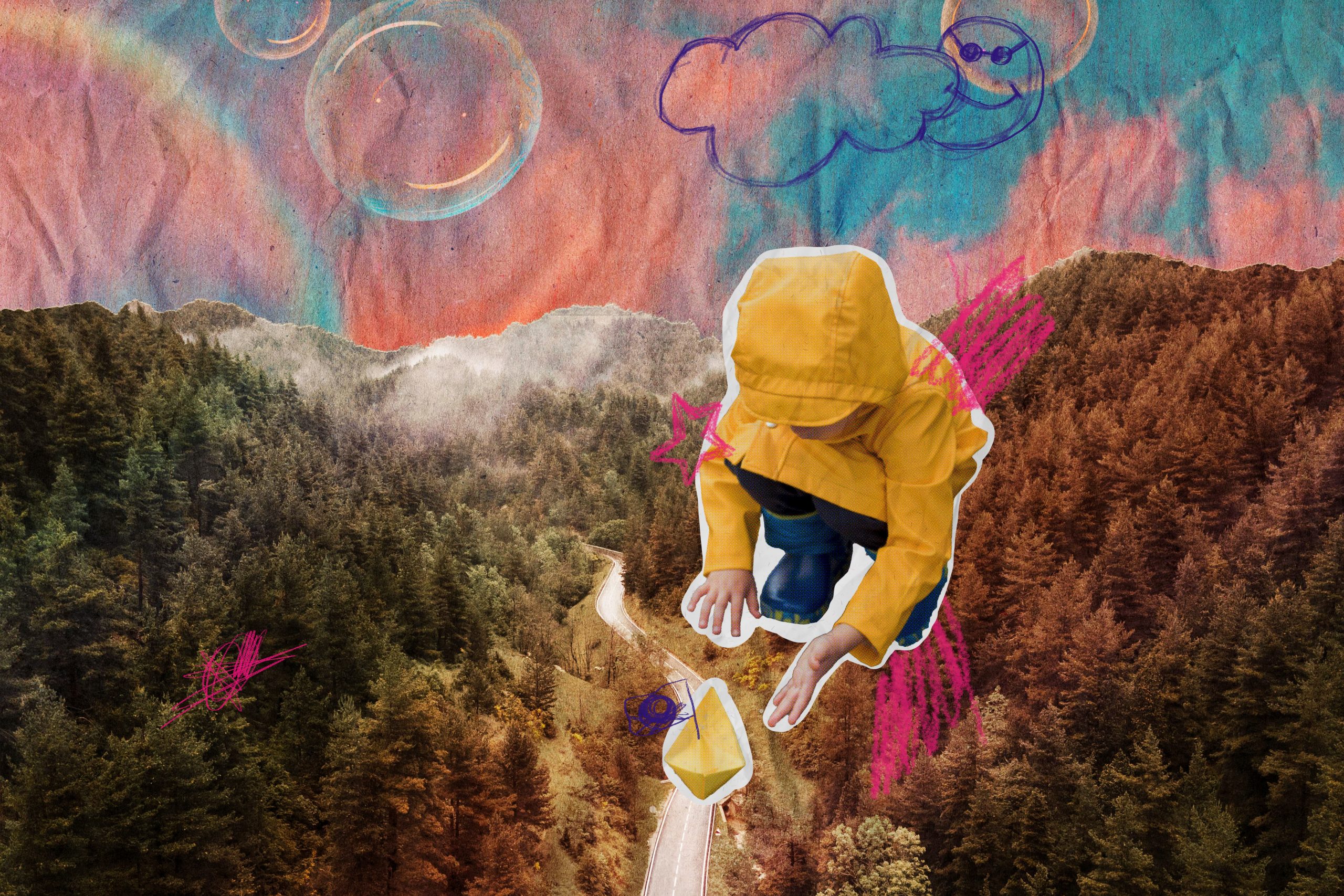Jane Doe is a prominent abstract artist known for her distinctive use of color, form, and texture. Her journey into the world of abstract art is one of transformation, experimentation, and passion. Let’s take a closer look at her evolution as an artist and how her works continue to push the boundaries of contemporary art.
Early Influences
Born in a small town, Jane was always surrounded by nature, which would later play a pivotal role in her art. As a child, she was fascinated by the play of light and shadow in the world around her, something that would become a major theme in her work. Early on, she was drawn to traditional art forms, experimenting with landscapes and still life, but it wasn’t until her years in art school that she discovered her true passion for abstraction.
The Transition to Abstract Art
Jane’s transition into abstract art was not immediate. Initially, she struggled to reconcile her desire to capture reality with the freedom that abstract expressionism offered. It wasn’t until she encountered the works of artists like Wassily Kandinsky and Jackson Pollock that she realized abstract art was a way to express the emotions and experiences that words could not describe.
Her breakthrough came when she started experimenting with bold brushstrokes, vibrant colors, and chaotic yet controlled forms. For Jane, abstract art became a language of emotion, a way to explore the inner workings of the mind and the complexities of human experience.
Signature Style
Over the years, Jane’s abstract art has evolved into a style that is uniquely her own. Her works often feature large canvases filled with sweeping gestures of color, intersecting lines, and intricate textures. What sets Jane’s work apart is her ability to create depth and movement within her pieces. The use of contrasting colors, alongside a mixture of smooth and rough textures, draws the viewer into a dynamic visual experience.
One of her most iconic series, Echoes of Silence, explores the interplay between negative space and dense color fields. In this series, Jane captures the concept of silence and stillness, evoking a sense of calm while simultaneously challenging the viewer to experience a deeper emotional resonance.
Influences and Inspirations
Although Jane is primarily known for her abstract works, she draws inspiration from various sources. Nature continues to play an integral role in her creative process, and she often finds herself inspired by the changing seasons, the movement of water, and the textures of natural landscapes. Music is another important influence, with Jane often listening to classical and electronic music while painting, allowing the rhythms and moods to influence her brushstrokes.
Additionally, her travels have exposed her to a variety of cultural art forms, from the intricate patterns of Islamic art to the bold geometric shapes found in African textiles. These influences are seamlessly woven into her work, creating a fusion of cultures and styles that speak to the interconnectedness of art across time and space.
The Road Ahead
As Jane continues to explore new directions in her art, she remains committed to pushing the boundaries of abstraction. Her future projects include a series of large-scale immersive installations, where viewers can engage with her artwork in new and innovative ways.
Jane Doe’s journey as an abstract artist is one of constant growth, exploration, and expression. Through her art, she invites us into her world—a world where color, texture, and form become a language that speaks to the soul.
Conclusion
Jane Doe’s abstract art is a reflection of her journey as an artist—a journey that celebrates the power of color, emotion, and experimentation. Her works continue to captivate audiences and inspire fellow artists, and as she moves forward in her career, there is no doubt that she will remain a key figure in the world of contemporary abstract art.



